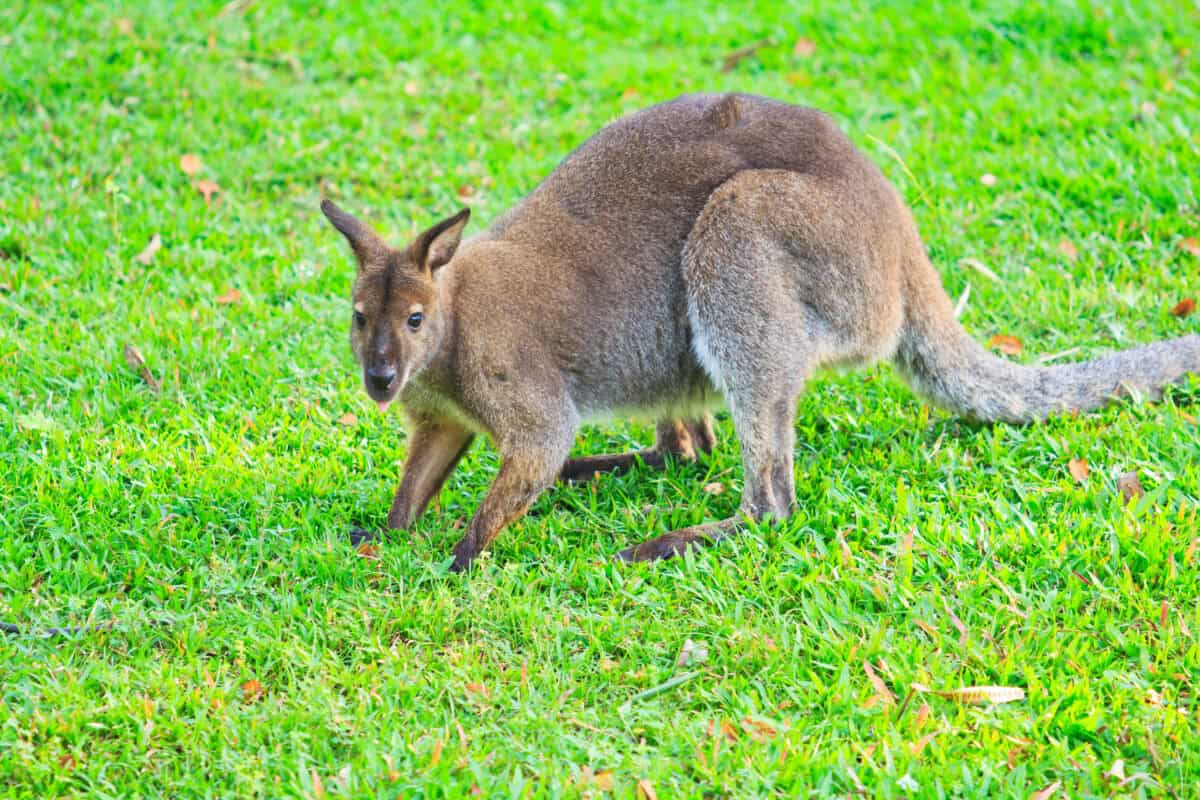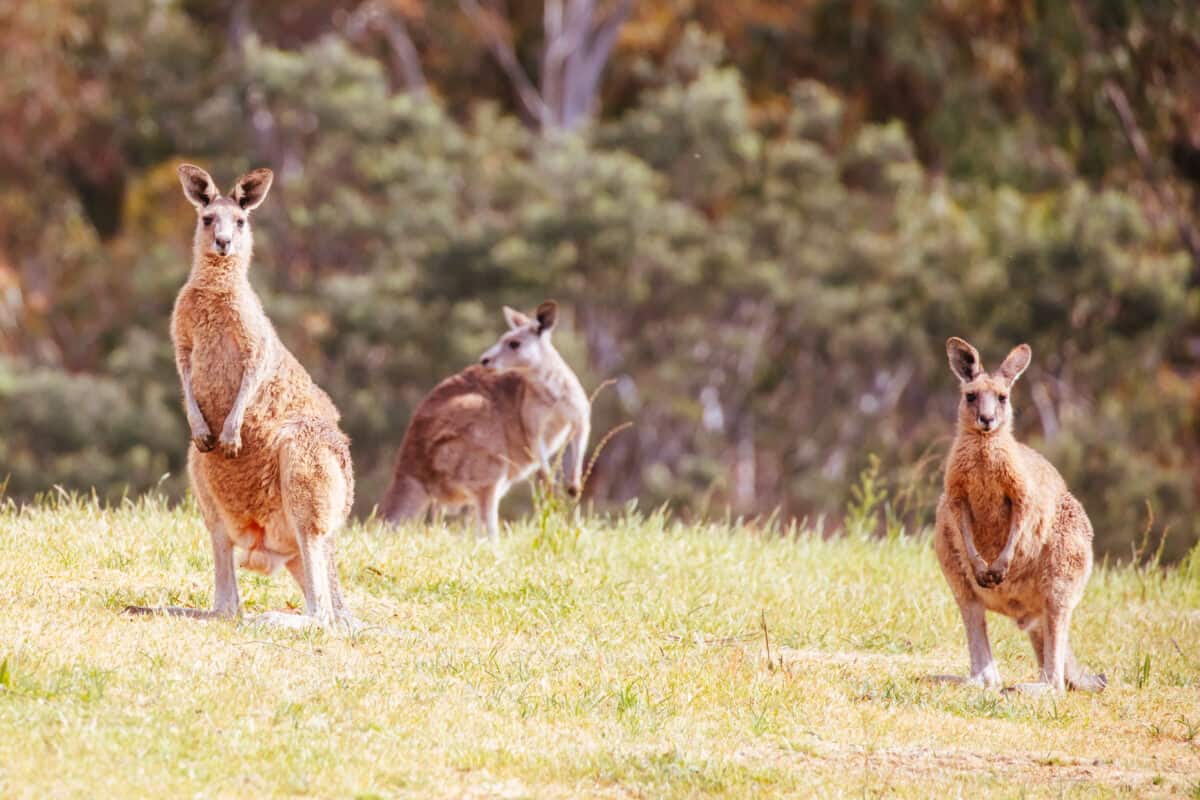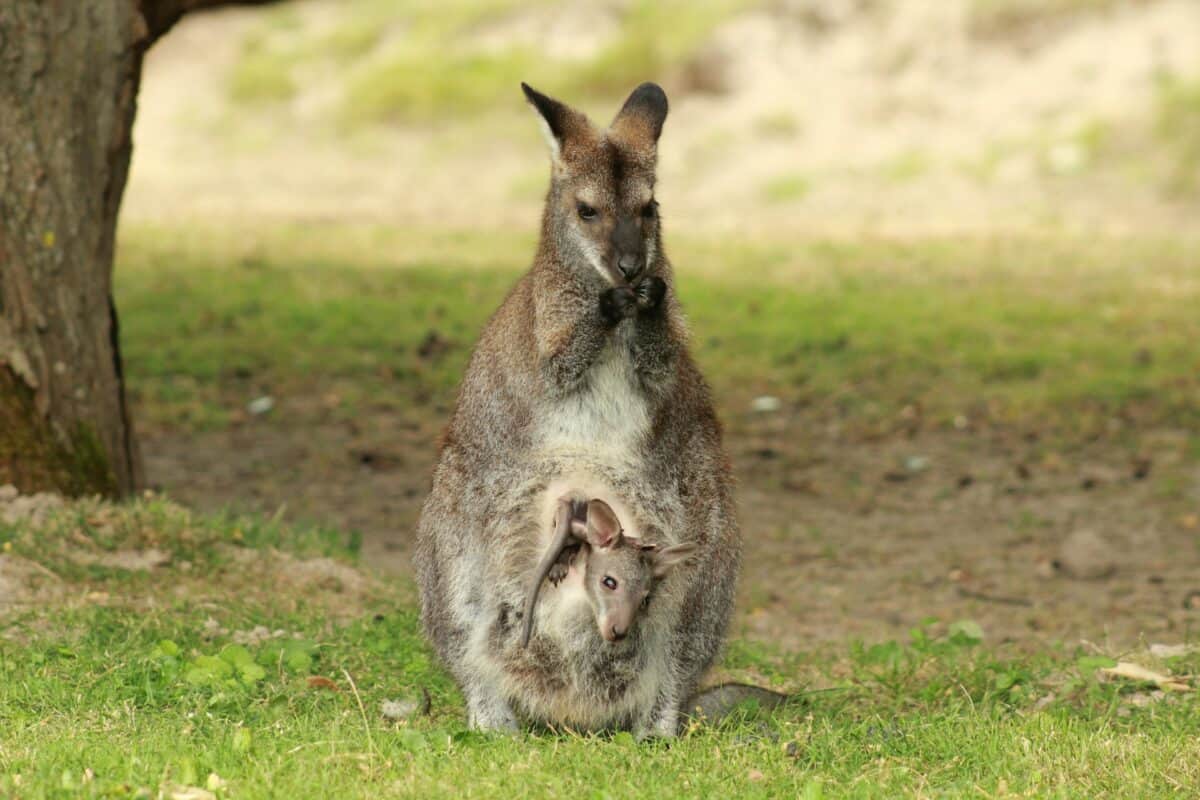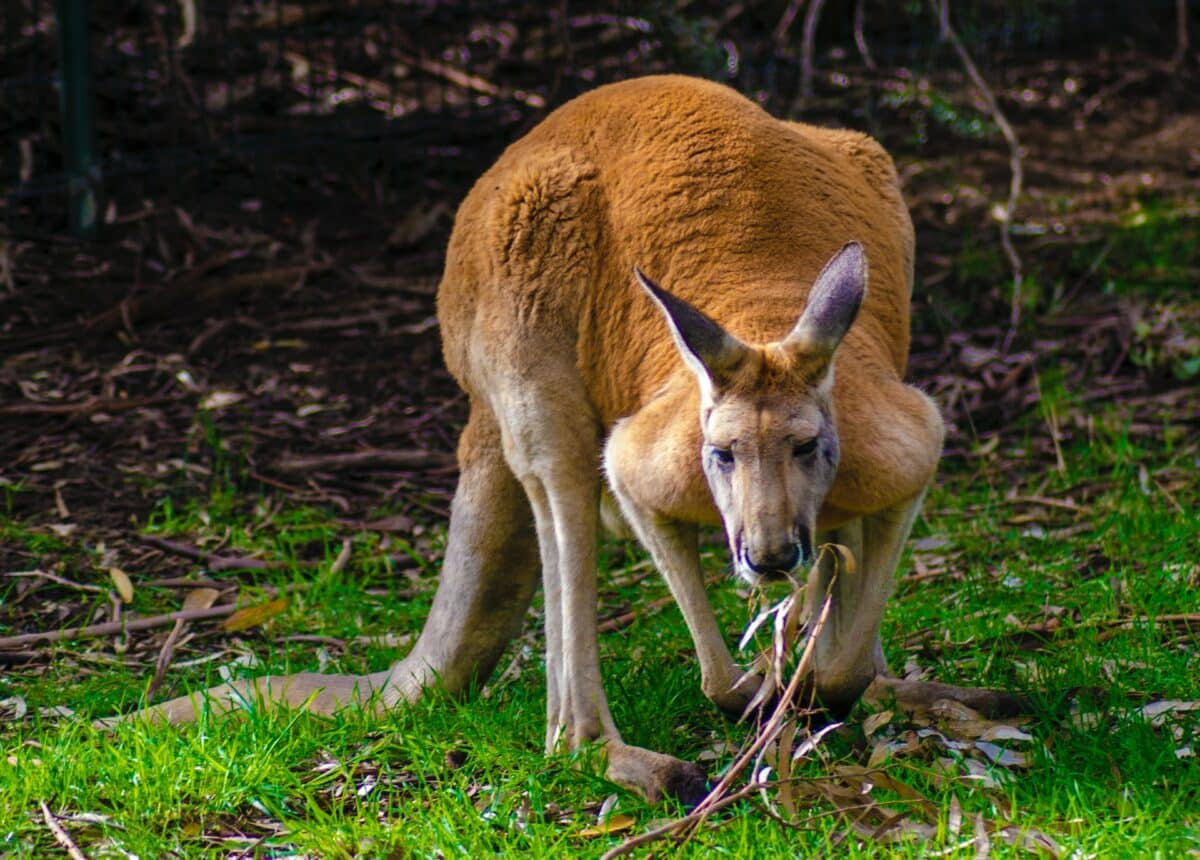Kangaroos are fascinating creatures renowned for their distinctive method of locomotion: hopping. Unlike other terrestrial animals that walk or run, kangaroos hop as their primary mode of travel. This behavior has intrigued scientists and animal enthusiasts alike, prompting questions about why and how these marsupials have adopted such a peculiar form of movement. Exploring the reasons behind kangaroo hopping offers insights into evolutionary biology, physiology, and the unique adaptations of these iconic Australian animals.
Evolutionary Reasons for Hopping

The evolution of hopping as a mode of locomotion in kangaroos can be traced back millions of years. Approximately 20 million years ago, during the Miocene epoch, sclerophyll forests began replacing the lush rainforests of Australia, leading to open grassland environments. This change in landscape favored animals that could travel efficiently over long distances in search of food. Hopping became a strategic advantage for kangaroos as it allowed them to cover vast areas quickly, using less energy than other forms of movement.
This evolutionary adaptation is not random but a tailored response to environmental changes. Hopping allows kangaroos to swiftly escape predators, traverse difficult terrains, and maximize their foraging opportunities, all essential survival traits in the tough Australian outback.
Physiological Adaptations for Hopping

Kangaroos are physically equipped for hopping, thanks to a combination of anatomical features. Their long, powerful legs are designed for leaping, with strong tendons and large muscles located in the hindquarters. These muscles and tendons work like springs, storing energy during the landing phase and releasing it to propel the kangaroo forward.
Furthermore, kangaroos have a large, muscular tail that serves as a counterbalance during hopping, aiding in stability and steering. The tail is also used as a ‘third leg’ when the kangaroo is stationary, providing balance and support. This combination of features allows kangaroos to achieve incredible speeds of up to 35 miles per hour and leap distances of up to 25 feet in a single bound.
Energy Efficiency of Hopping

One of the most compelling reasons kangaroos hop is the energy efficiency associated with this type of movement. Hopping is a highly efficient way to travel for large animals structured like kangaroos. As speed increases, the energy cost for a kangaroo becomes proportionately less compared to a similar-sized mammal that runs. This is due to the elastic storage and release of energy in their tendons, which reduces muscular effort and oxygen consumption during movement.
Studies have shown that a kangaroo’s energy expenditure remains relatively constant over a range of speeds. This energy efficiency is vital for survival in the arid environments of Australia, where food resources can be sparse and spread over large areas.
Social and Behavioral Aspects of Hopping

Beyond its evolutionary and physiological benefits, hopping also plays a role in the social behavior of kangaroos. It enables them to maintain close-knit groups known as mobs, which protect predators like dingoes and humans. Hopping aids in long-range communication; when danger is detected, kangaroos can alert others in the mob by thumping their tails on the ground as they hop away rapidly.
Moreover, hopping fast enables dominant kangaroos to establish hierarchy within the mob through synchronized movements and displays of speed and agility, thus strengthening social bonds and cooperation within the group.
Conclusion: The Significance of Hopping

Kangaroos are a testament to nature’s incredible adaptability and specialization. Their unique hopping ability is not only a marvelous evolutionary adaptation but also a symbiotic trait that harmonizes with their physiological features, energy efficiency needs, and social dynamics. Understanding why kangaroos hop sheds light on the intricate relationship between an organism and its habitat, showcasing the wonders of evolutionary biology and adaptation.
Thus, kangaroo hopping is more than just an unusual behavioral trait; it represents a perfect solution to the challenges posed by the vast and tough landscapes of Australia, capturing the awe and curiosity of scientists and laypersons alike.
- 8 Times Animals Helped Solve Crimes in the Most Unexpected Ways - August 20, 2025
- 10 Stunning Animals You Can See in the Great Barrier Reef - August 20, 2025
- 14 Loudest Birds in the U.S. - August 20, 2025

